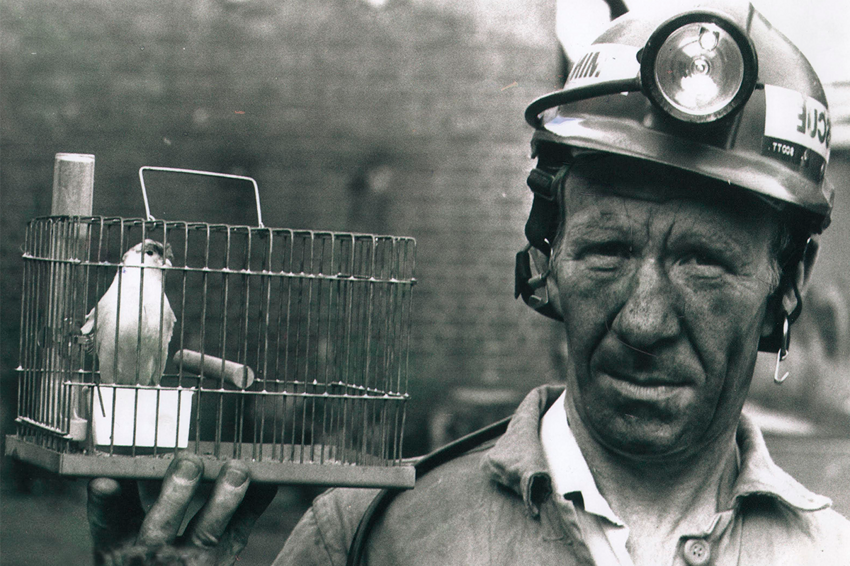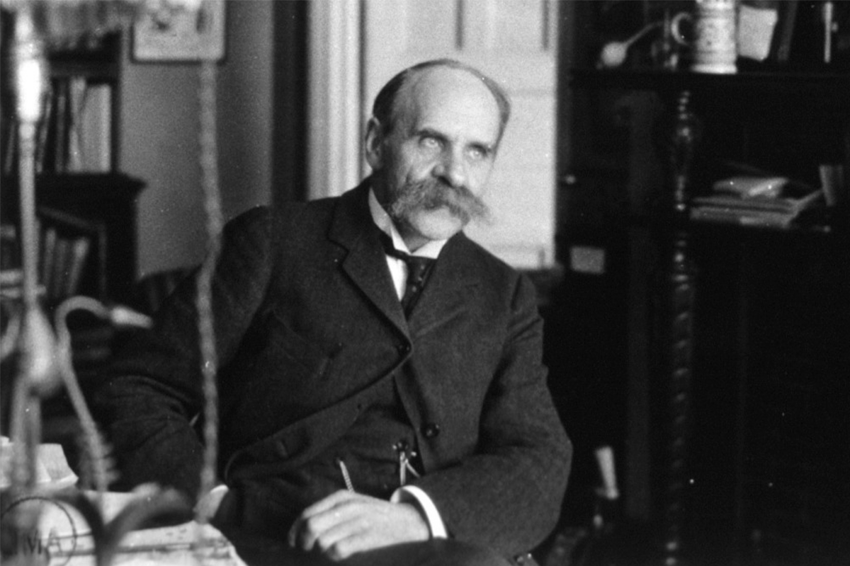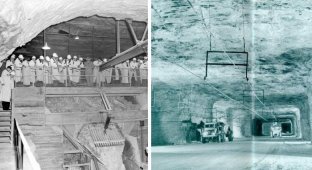Why did miners previously take canaries with them into the mine? (3 photos)
Previously, canaries were constant companions of miners going down into the mines. Not a single coal mine development could take place without these little birds. 
Many mining companies even specifically bred them. And in Great Britain there was a law prohibiting descent into a mine without canaries. But why did the miners need these little birds?
Dangerous job
Working in a mine has always been considered dangerous. In mines there are constant risks of rock collapse, methane explosion and gas poisoning. To reduce them, scientists come up with something new every now and then. Better fortifications are being introduced to prevent landslides. To prevent poisoning and explosion, gas-sensitive devices are created. But technological progress did not always make it possible to do this. The very first gas detectors were once common animals: mice and canaries.
Rescue Canaries 
John Haldane
British scientist John Haldane proposed using birds as detectors. He found out that canaries are very sensitive to gas, and feel it even in small quantities. All thanks to their small size and special respiratory system. Canaries receive a portion of methane both when they inhale and when they exhale.
How do canaries work?
When everything is calm in the mines and there is no methane, the birds feel good. They chirp and jump happily. As the gas level increases, the canaries behave restlessly: they become silent and begin to rush around the cage in search of a way out. 
Miner rescuers
The use of mice in this matter is less productive; they may practically not change their behavior. Canaries love to sing and do it all the time. As soon as the singing stops, this is a sure sign for the miners that they urgently need to rise to the surface. The workers, of course, take the cages with the birds with them. In the air, canaries that have inhaled the gas quickly come to their senses.


























